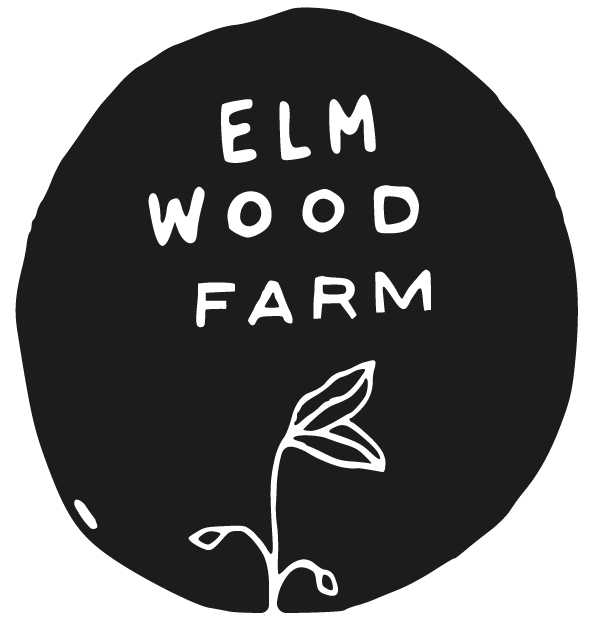Farm Foundations
This year at the farm, we are focusing on introducing two essentials: animals and tree crops. I want to back up a little bit and explain the “why”. If you live in Oak Cliff, raising livestock in the city isn’t anything new. (Shoutout to the house at the Tyler/Polk roundabout with both sheep and chickens). Nonetheless, animals are not a common sight on urban farms. In regards to the trees, we don’t know if Elmwood Farm will exist in twenty years when they are tall and grand. What I’m getting at is that these two aspects of a farm pose challenges and risks in an urban context, but we don’t believe you can farm sustainably without them. They are the foundations of an ecosystem that can provide food, fuel, and fiber in with longevity. This is what farms do. They provide food, fuel, and fiber over the span of generations. This is all difficult to imagine and put into practice in the city. It’s a thoroughly paradoxical exercise, which is why it’s necessary for us urban dwellers.
How does this farm foundation work and what does it do? Let’s start with trees (and vines). The trees are the walls and the ceiling of the farm’s architecture, giving structure and shelter that orders everything else. Fruit and nut trees are the food and financial anchor of the farm. Once established, they will provide a consistent, low maintenance crop each year for decades. Taller, overstory trees (Oak, Persimmon, and Mulberry for us) provide necessary shade for crops, livestock, and humans in the Summer. Oak trees provide insect forage for birds and acorn forage for pigs. The Persimmon tree gives fruit to birds and pigs in the Winter when everything else has shed its fruit. We will also have a small vineyard and blackberry patch. Historically, local cultures have made their own fermented beverages (wine, beer, cider) as a way to preserve the harvest but also because these drinks bring us together and are a delicious miracle. We are out to repeat T.V. Munson’s assertion that Texas is a grape culture waiting to be built.
So, how do animals fit into this? Every healthy ecosystem relies on animal participation. Livestock have been a significant source of farm fertility for all of history until the 1970’s. Grazing animals are also a critical piece of the soil health puzzle. The grazing, fertilizing, and soil disturbance of herd animals (Bison in North America) is what annually regenerates and maintains grasslands. In a farm system, our pigs and chickens provide an elegant, integrated role in the health of the garden, orchard, and vineyard providing fertility, pest management, and biological mowing services.
There is a saying, “The best time to plant a tree is twenty years ago. The second best time is today.” You or I may not live in Elmwood in ten years. But think about how grateful you would be for the apple tree in your backyard that a previous owner took time to plant and care for, that you enjoy, today. We don’t know how long this farm will last in the city. What we do know is that we must approach agriculture through the lens of relationship for it to make any sense. Is the relationship akin to a marriage or a business transaction? Our answer to that question can be summed up by a line from Wendell Berry (of course). “When I am talking about marriage, I want you to think about farming. And when I talk about farming, I want you to think about marriage.” What binds the relationship together is love. It is this type of relationship that is sustaining.


